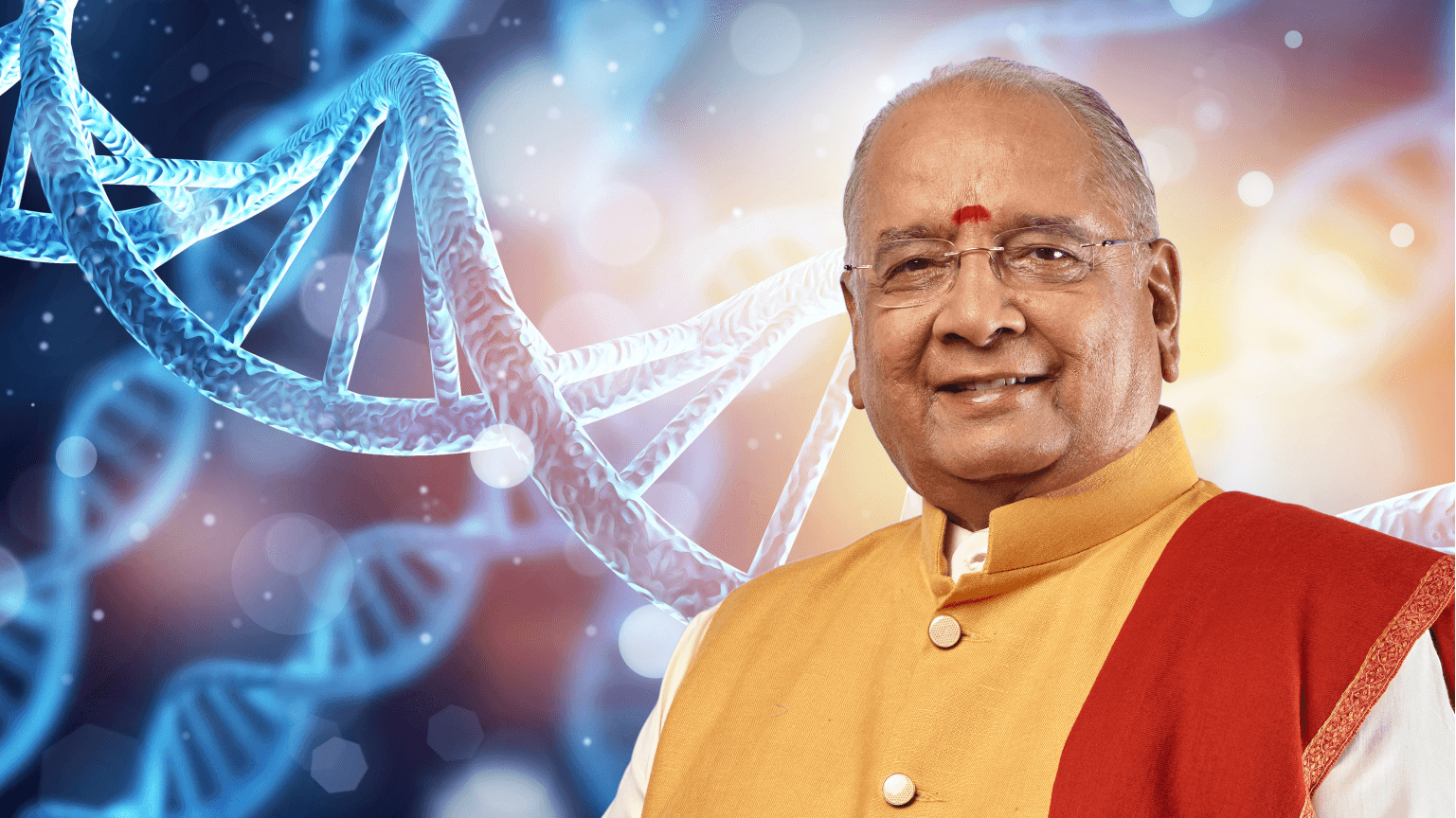The ten day Ganesh festival comes to a culmination on the day of Ananta Chaturdashi, with a ‘visarjan’ (relinquishing) of the Ganesh idol made from the Earth element into the Water element. The concentration of the earth element in the body is at the first chakra, moolaadhaar, located at the base of the spine. It is surrounded by the water based organs. The energy generated during this festival at the first chakra is ‘heightened’ and offered to the water element, as per its natural flow. This is done in visarjan, outside the body, and towards the second chakra, inside the body. While the maximum presence of Earth is at the base of the spine, the purest form of the earth element is the brain. The brain too is completely surrounded and immersed in the liquid element in the form of Soma Rasa or cerebrospinal fluid.
The chakras are high energy junctions of our very intricate and complex nervous systems. The pathway of the chakras runs from the base of the spine, moolaadhaar, to the top of the head, or crown, called sahasradala chakra. Energy is to be raised from the mooladhar to the sahasradala. While this is a continuous and everyday process in our lives, the most suitable time period in the year to achieve this, in accordance with the natural systems of energy in the environment, is the period of festivals from Ganesh Chaturthi to Deepawali.
Each chakra is related to a particular phase or festival, related to a specific energy-deity, through this season. After the tenth day of visarjan, we enter into the second phase called pitrupaksha – or the fortnight of the ancestors. After worshipping Shree Ganesh, the rituals and practices now have a different orientation. We acknowledge and offer gratitude to our ancestors and loved ones who are no longer with us in the form of the body. Many of our own karmic bonds are related to our ancestry and attachments. The practices of this fortnight enable us to overcome those bonds and achieve more in this life.
The perennial question of why some people suffer more than others, or are unlucky, when compared to others who seem to have enormous luck with little effort, is a perplexing one. Karmic theory suggests that these are the results of our past actions and bonds. The remedy is to start performing positive actions here and now. Through constructive deeds, the readiness to help others, working with complete trust and love in the heart, any change is possible, including managing our genetic programming and luck!
Many of an individual’s traits and habits, passions and yearnings, have their roots in our heredity. Modern science has focused more on the adverse effects or on diseases caused due to genetics and heredity. Genetic diseases are among the most challenging to manage Ayurvedic and allied ancient Indian sciences have studied the principles of genetics and its effects in great depth. They propose that at least the last seven generations of our ancestors directly have an effect on our lives. Since Ayurveda recognises the difficulty in treating these, they are studied as part of an individual’s initial constitutional diagnosis and the major emphasis during Ayurvedic treatment is the prevention of genetic disease tendencies in the patient. Being difficult to treat, emphasis is greater on the prevention of the occurrence of genetic disorders. While one cannot alter the genes received from parents and ancestors, Ayurveda asserts that it is definitely possible to avoid the manifestation of genetically inherited issues.
If someone suffers from hereditary asthma, here is a short list of general precautions they could take to avoid an asthma attack. Even if there are currently no symptoms, in any weather that is adverse, like the rainy season, eat a specially prepared chyanvanprash and use immunity boosting medicines. Avoid getting wet, protect yourself from windy draughts, especially in the evenings, avoid cold drinks etc. Remedial measures are also suggested on how to avoid passing on these tendencies to the next generation. The Ayurvedic art and science of pregnancy, Garbhasanskar, covers these subjects. This includes a host of practices like a detox of Panchakarma, a regime of rasayans and diet and lifestyle practices before, during and after conception.
The second important factor causing imbalances is our lifestyle – habits and environment. More often than not, we are aware of our unwholesome habits and still cannot change them. A simple practice of waking up early for Yoga and to go for a walk in the mornings, before the hustle-bustle of the day begins, is a herculean task for many. These cryptic inabilities and other blocks to our progress may be related with our attachments. We need the energy of the second chakra to overcome these.
Where there is water there is life, and where there is life, there are emotions and feelings. The water element is deeply connected with the bonding and attachments in relationships. Water has memory and is able to collect and store past impressions. The second chakra, swaadhisthaan, is connected to the Water element and also our ancestors, memories and attachments. This fortnight of the waning moon of the month of Bhaadrapad (usually around Sep- Oct) is ideal for balancing the second chakra. The aim is to help us to unwind our past karmas and to facilitate actions in the positive direction in the present. Every phase in this season is also like a preparation for the next step. The work we do in pitrupaksha helps us get ready for the third phase i.e. the Navratri (nine-day) festival and the dynamic and transformational possibilities offered by the Goddess or the Divine Feminine.

🙏 Namaskar,
“Many of an individual’s traits and habits, passions and yearnings, have their roots in our heredity”.
Please accept my apologies Guruji,
My past SANSKAR & KARMAS is cause of my current Situation. My stay at Atmasuntulan two years back has changed my life Leading to change in current SANSKAR / KARMAS for better FUTURE LIFE. 🙏